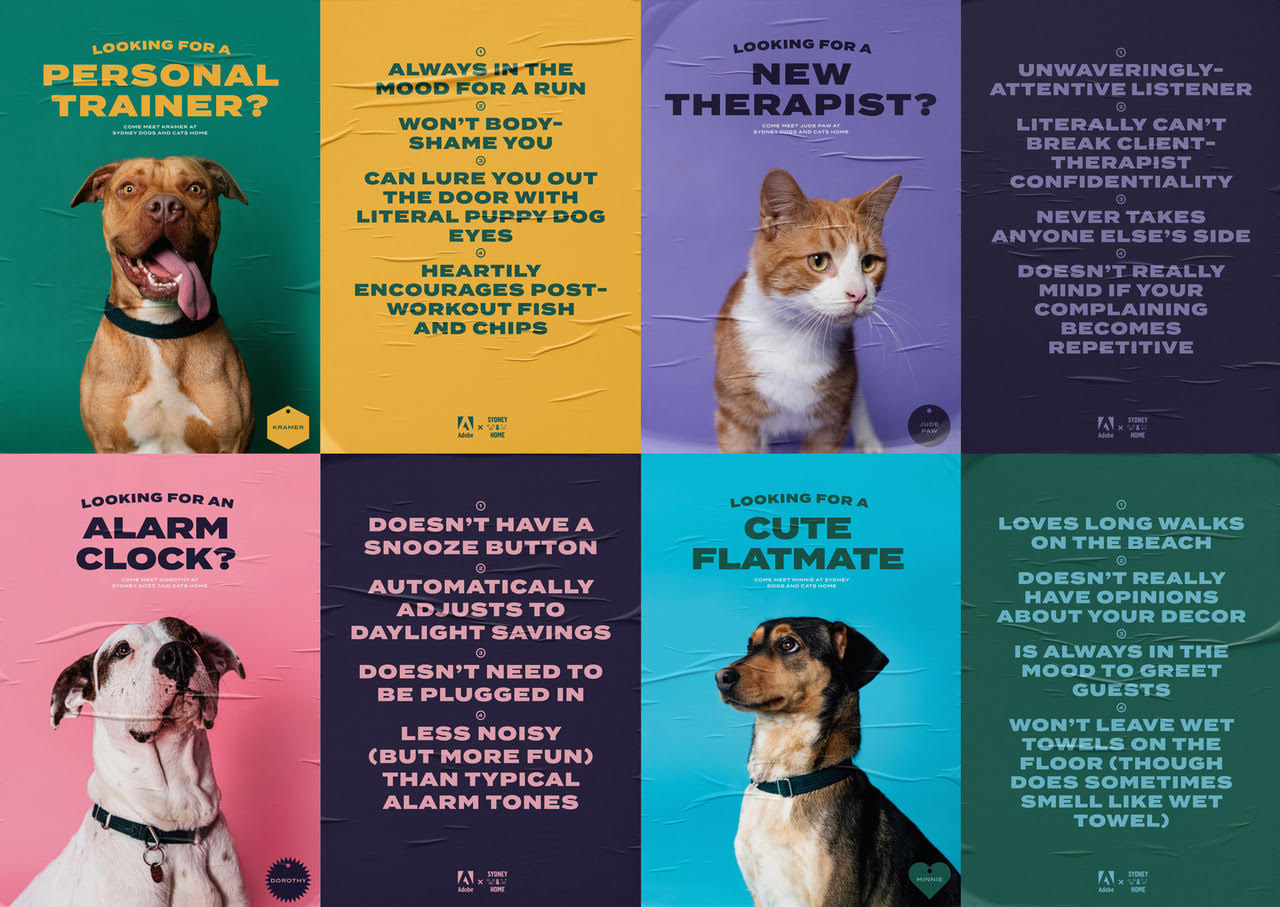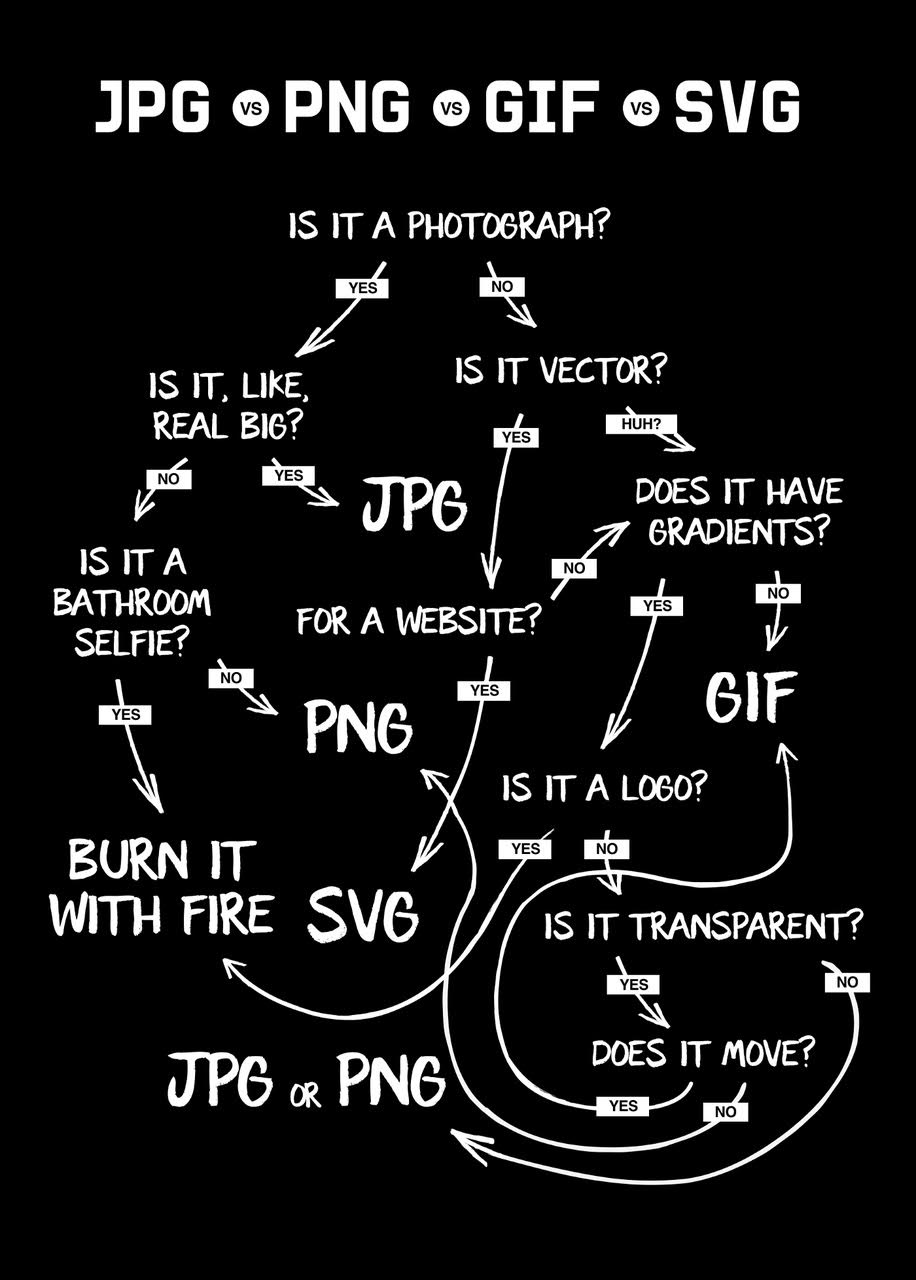This is the content.php article
Month: August 2019
This is the content.php article
This is the content.php article
This is the content.php article
This is the content.php article
As a graphic designer, you want to continue growing in your field and find success when it comes to your career. Graphic design is often competitive, especially with how much technology continues to evolve. If you want to excel in your field, there are a few essential tips to follow as you make the journey from novice to professional.
Explore Subsets of Graphic Design— Like Motion Graphics
The industry is constantly expanding and you need to grow with it. Broadening your skills allows you to become a well-rounded artist. Plus it opens up the stage for greater career opportunities down the line.
If you’re looking for something beyond print or web design, consider motion graphics. Motion graphic artists animate everything from typographical treatments to assets for games, online applications, and films.
They tell a compelling story by using movement to engage audiences. Excelling in motion graphics in addition to learning about traditional graphic design enables you to have more options.
Keep in mind that there’s a higher learning curve for this subset of design.
If you prefer a more traditional route, there are several art and design schools who offer animation programs.
But if you want to jump in head first, you can always experiment using online tools to learn by doing.
Whatever you decide, just have fun with it!
Choose a Specialty
Becoming the ‘go-to’ person for a specific skill in the industry is what designers want to achieve. Not only is this a way to earn respect from your peers but, it also gives you the freedom to charge higher rates.
A lot of designers try to do everything well instead of focusing on a few things they do well. As a result, they become a Jack of all trades, master of none. You don’t want to fall into that.
You want to focus on what you do best. Maybe you’re a master at creating custom fonts or designing awesome websites.
Whatever your thing is, don’t limit the opportunities and tools available to you.
You can still explore other specialties to make yourself stand out in the industry. If you aren’t sure about what your thing is. start exploring!
And more importantly, don’t be afraid to fail. You might have to down a few different paths before finding the right one.
Upgrade Your Digital and Physical Portfolio
Your portfolio is often the main factor that determines if a potential client or employer decides to work with you. Update your portfolio regularly to ensure potential clients will see current pieces.
The key is to make these pieces relevant to them. So in addition to the actual creative, you’ll also need to write a decent case study to show that you’re a problem solver — not a pixel pusher.
Remember: the best portfolios show personality, versatility, and creativity.
It also doesn’t hurt to include recommendations from former clients. Everyone likes to know that the person they are hiring is capable of handling their project.
Think of your portfolio as your 24/7 business card. It is what sells you to the client before even speaking to them.
Accept Criticism
No one likes to be told that they didn’t do something right or that they need to change, but that is the nature of the design world.
You will almost always be asked to make revisions to your work, which makes it important to develop a thick skin.
Keep in mind that you can only grow if you continue to make changes to your work and evolve as an artist. Failing to take in constructive criticism is a quick way to burn bridges and develop a poor reputation.
Just remember, this isn’t personal. Feedback is meant to help you meet your clients needs more effectively.
There are many ways to grow and succeed as a graphic designer. While there isn’t one way to accomplish your goals, you can grow in this industry by making learning a habit.
If you know how to think logically about projects, you’ll be an asset to clients. They want designers able to solve problems creatively and from a business perspective.
This is the content.php article




